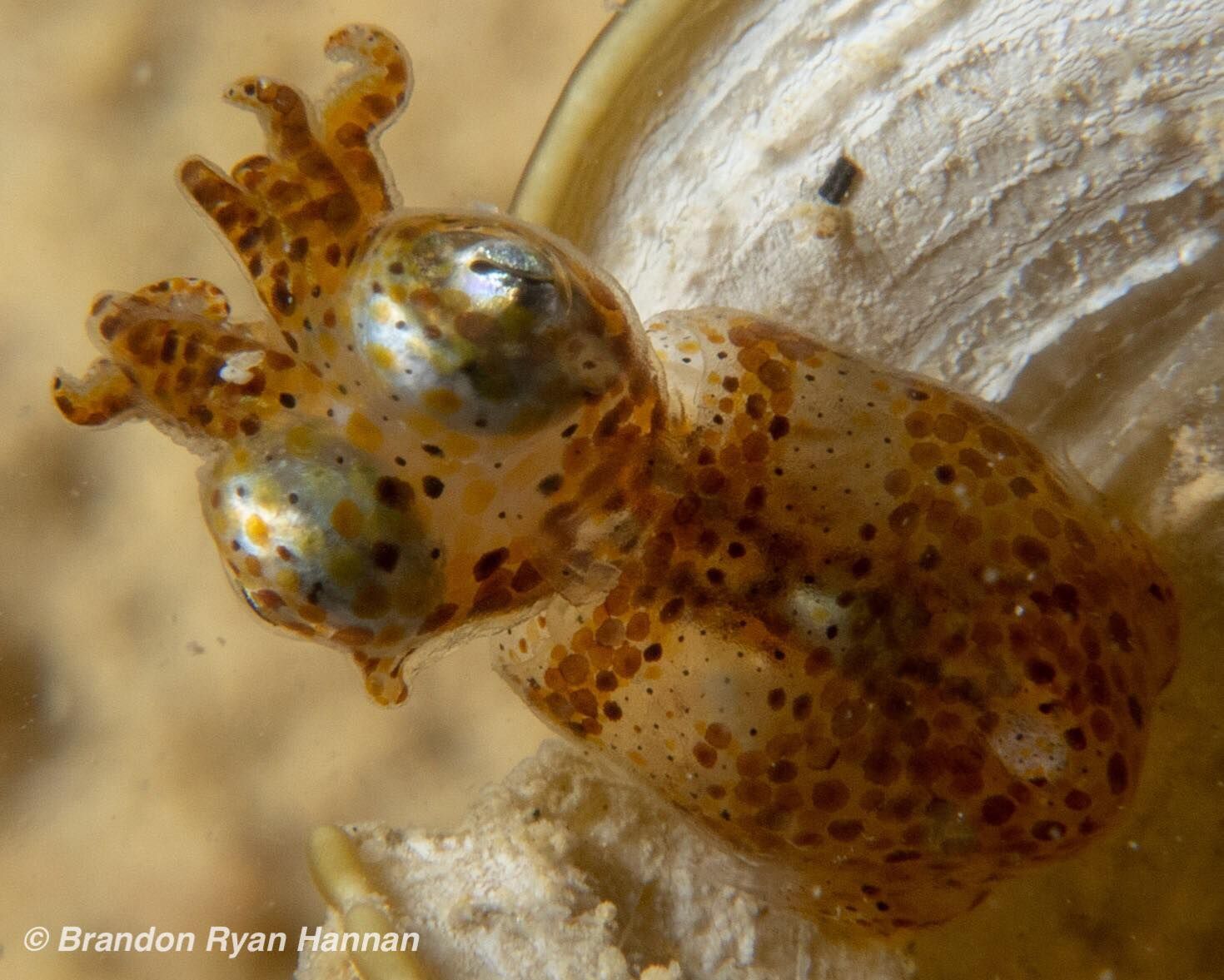Just meters from the shores of the Japanese islands of Okinawa, a colorful array of coral reefs plays host to a wealth of amazing sea creatures. Two new species of pygmy squids have recently been discovered amongst them, and they’re pretty adorable to boot.
The new species were dubbed the Ryukyuan Pygmy Squid and Hannan’s Pygmy Squid, the latter of which was named after one of the underwater photographers who captured it and represents a whole new genus of squid. Their scientific names, however, were inspired by Japanese folklore.
Idiosepius kijimuna (the Ryukyuan), which has some red coloration, spends its time in the seagrass forests close to the shore. As a result, it was aptly named after Kijimuna, which are small, red-headed fairies that are said to live in Okinawa’s banyan trees.

That’s right, Kodama jujutsu, you wave your little arms in the air like you just don’t care.
Hannan’s Pygmy Squid, Kodama jujutsu, also took its genus name from forest spirits; Kodama are meant to live in the ancient trees of healthy forests, akin to the coral reefs that the squid is found in. Hannan’s takes further inspiration from the Japanese martial art of jiu-jitsu – it might be small, but it’s definitely mighty.
As Jeffrey Jolly, co-author of the paper describing the squids, explained in a statement, “Jiu-jitsu revolves around grappling and using your opponent’s strength, and the Kodama jujutsu preys on shrimp larger than itself by grappling with its small arms.”
The new species of pygmy squid weren’t easy to find either. As the name implies, they’re tiny, with the largest specimen of the new species measuring just 12 millimeters, or just under half an inch – that’s even smaller than a dime.

It takes something really tiny to make a blade of seagrass look this big.
Add to this that both species are only active at night, one only in winter, and one only found in bustling coral reefs, the cross-university team of researchers and underwater photographers had quite the task on their hands. “There are so many other things to look at, that finding a small squid the size of a pinky fingernail is not easy,” said Jolly.
Nonetheless, they succeeded, and a good thing too because our day has been made that bit better by these sweet-looking cephalopods. Like many creatures of the coral reefs though, their home is under threat as a result of climate change and overfishing. This is why Jolly believes that taxonomy – the science of naming and characterizing organisms – is as important as ever.
“Taxonomy is not as flashy as other sciences, but through naming and characterizing species, it both highlights the amazing diversity of life in the oceans, and it is a reminder that there is so much that we don’t know yet.”
The study is published in Marine Biology.
Source Link: Two Super-Cute New Pygmy Squids Discovered Hiding In Japanese Coral Reefs